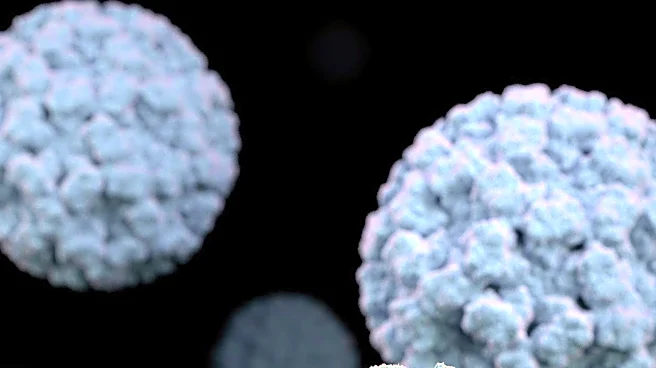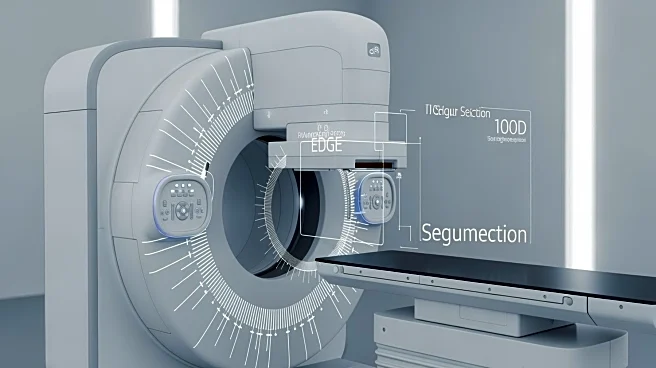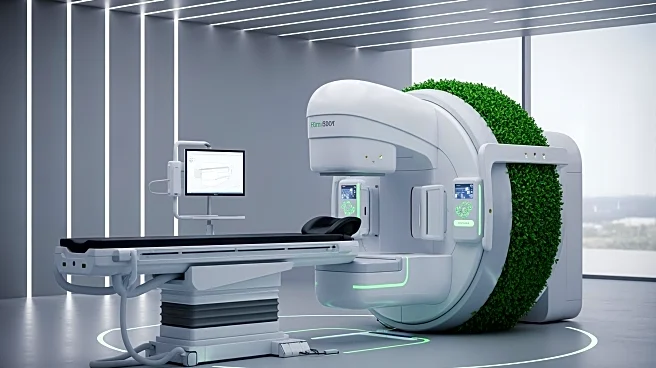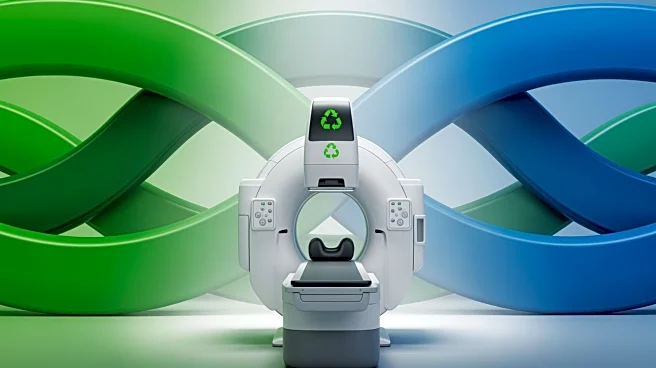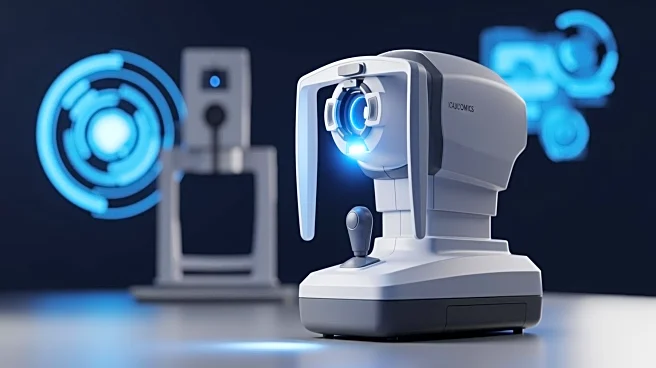What's Happening?
Researchers at the University of Southampton have developed an AI-powered diagnostic tool that outperforms radiologists in detecting subtle foreign objects in patients' airways on chest CT scans. The AI model, integrating a state-of-the-art airway segmentation
framework and a convolutional neural network, demonstrated a detection sensitivity of 71%, compared to radiologists' 36%. This advancement addresses the challenge of identifying radiolucent foreign bodies that often go undetected.
Why It's Important?
The AI tool's ability to enhance diagnostic accuracy in detecting foreign body aspirations is crucial for improving patient outcomes. Timely identification and intervention can prevent severe respiratory distress and chronic complications. By augmenting radiologists' expertise, the AI system promises to streamline clinical workflows and reduce diagnostic uncertainty, potentially transforming respiratory medicine.
What's Next?
The research team plans to expand validation efforts through multicenter trials involving larger, diverse populations to refine the model's accuracy and generalizability. The goal is to achieve widespread clinical adoption, enhancing the detection and management of respiratory foreign body aspirations globally.
Beyond the Headlines
This AI-driven innovation represents a paradigm shift in medical imaging diagnostics, where machine learning complements human expertise. The technology's potential to save lives and reduce healthcare burdens sets a precedent for future AI applications in medical science.


